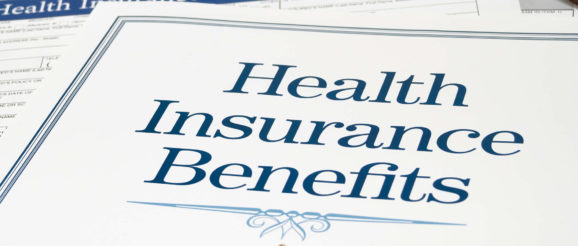CMS expands flexibility for state ACA innovation waivers

The Centers for Medicare & Medicaid Services (CMS) released guidance on Monday relaxing a range of requirements for state waivers submitted under §1332 of the Affordable Care Act (ACA).
CMS will “expand state flexibility” while “encouraging states to adopt innovative strategies to reduce future overall health care spending,” according to the new guidance (PDF) that represents a significant overhaul to the Obama-era regulations. Additionally, the program has been renamed from “State Innovation Waivers” to “State Relief and Empowerment Waivers.”
The update unravels 2015 guidance that included strict guardrails that required state-based proposals to maintain or increase the number of people with coverage that met the ACA’s parameters for comprehensiveness and affordability, including the 10 essential health benefits (EHBs).
Free Daily Newsletter
The healthcare sector remains in flux as policy, regulation, technology and trends shape the market. FierceHealthcare subscribers rely on our suite of newsletters as their must-read source for the latest news, analysis and data impacting their world. Sign up today to get healthcare news and updates delivered to your inbox and read on the go.
Now, a state need only make comprehensive coverage available to consumers, regardless of whether they buy it. The agency will also consider short-term, limited-duration (STLD) plans and association health plans (AHPs), which often do not cover EHBs, as coverage.
On a press call, CMS Administrator Seema Verma claimed that the 2015 guidelines have been “really thwarting innovation.” The agency has approved only eight §1332 waivers since their release, seven of which established reinsurance programs, she said.
The new guidance, effective immediately, allows states to “fundamentally restructure” the ACA’s requirements, but it “does nothing to reduce protections for people with preexisting conditions,” she claimed. But if healthy consumers forgo the ACA marketplace for AHPs and STLD plans, premiums could rise for those who need comprehensive coverage, analysts say.
The guidance also allows states to submit §1332 waivers without approval from the state legislature. A state regulation or executive order will suffice, given the state statutorily authorizes enforcement of the ACA.
Additionally, states would be able to use federal subsidy funding to help consumers purchase short-term health plans.
Coverage in short term plans is substantially worse, but if they count towards “covering the same number of people” under these new 1332 rules, states could actually increase “covered lives” under this new definition through subsidizing short term plans and making them “free”
— Chris Sloan (@chrisavalere) October 22, 2018
Senator Lamar Alexander, R-Tenn., who chairs the Senate Committee on Health, Education, Labor, and Pensions, applauded the new guidance, calling the §1332 waiver application “too cumbersome, inflexible, and expensive for states to use” until now.
However, health policy analysts expressed deep concern about the news on Twitter.
“It doesn’t matter if thousands of people [are] projected to become uninsured,” wrote Sabrina Corlette of Georgetown University.
Obama 2015 guidance: reducing coverage for vulnerable people, incl. low-income, elderly, people with serious health needs would cause state waiver app to “fail.” Trump 2018 guidance: tough noogies.
— Sabrina Corlette (@SabrinaCorlette) October 22, 2018
Matt Fiedler, a fellow at the Center for Health Policy at the Brookings Institution, pointed out that it could change where states spend their federal dollars.
At a high level, the new 1332 guidance seems designed to allow states to shift federal dollars from lower income/sicker people to higher income/healthier people. Last year’s repeal debate in microcosm…
— Matt Fiedler (@MattAFiedler) October 22, 2018
And Larry Levitt of Kaiser Family Foundation predicted it will deepen the divide between conservative and liberal states.
It’s hard to overstate how much flexibility states will have under the Trump administration’s new guidance for ACA waivers. This will likely widen the gap between red states and blue states for access, affordability, regulation, and protections for pre-existing conditions.
— Larry Levitt (@larry_levitt) October 22, 2018
It’s too close to the 2019 enrollment period for the guidance to make an impact right away, but CMS expects it to kick in by open enrollment for 2020.
